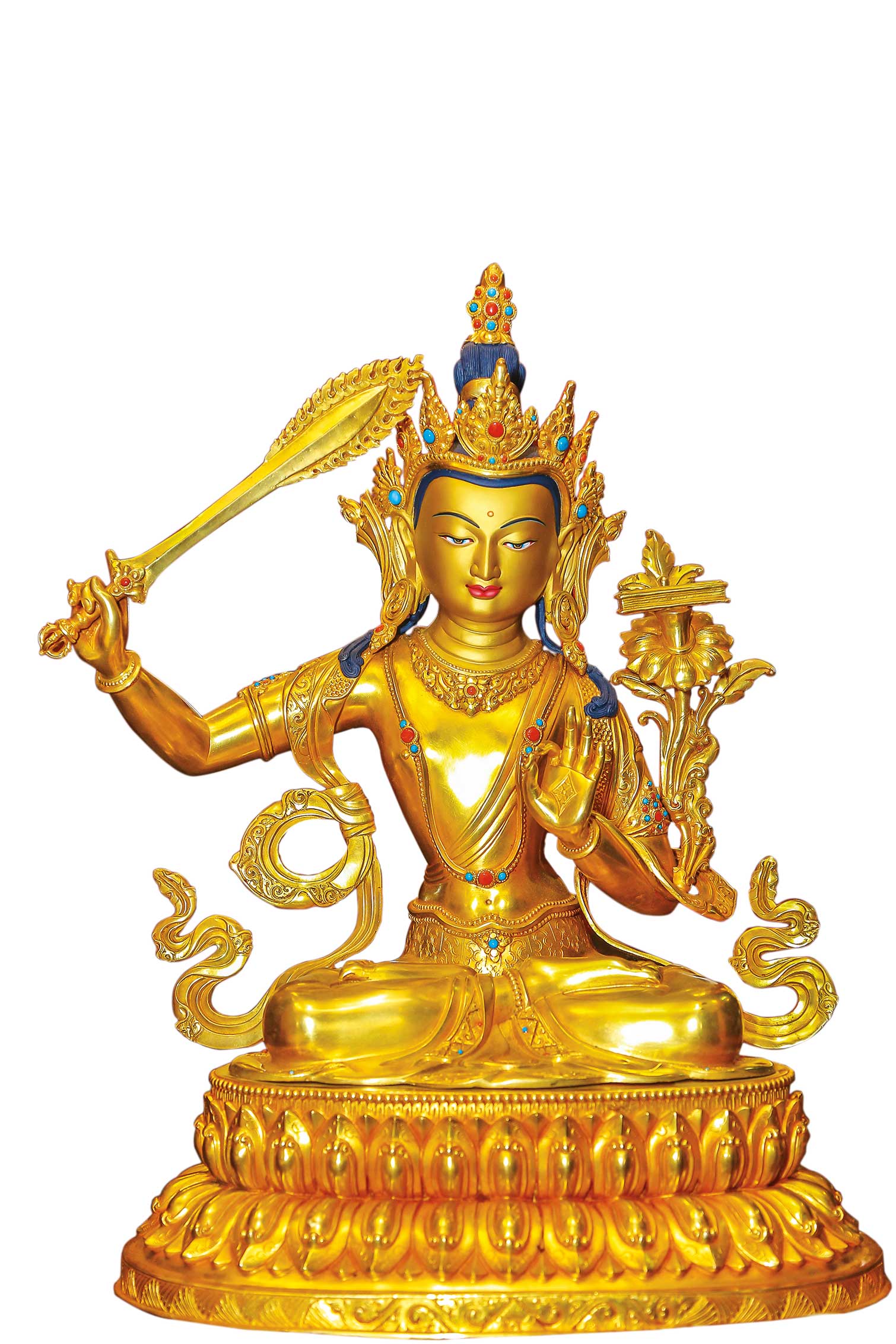Among the busy crowds, an old house silently stands watching people go by. Among the busy crowds, people silently stare as the soldiers march on the wall.
.jpg)
It’s hard to miss Paltan Ghar if you’re walking between Ason and Indrachowk, thanks to the shops housed there that display a horde of metal utensils. But unless you have an uncannily observant eye, you’ll probably fail to notice the figures that give the old structure its name.
Standing silently among other traditional homes, the walls of the house have beautiful carvings depicting soldiers going to war. Hence, the name Paltan Ghar (paltan meaning ‘band of troops’). Owned by the Basnyat family, Paltan Ghar was built by commander-in-chief Abhiman Singh Basnyat after the unification of Nepal sometime before 1832 B.S.. Before the unification, during the reign of King Jaya Prakash Malla, the land belonged to a Brahmin named Bhajudev. The property was then gifted to Basnyat who commissioned the carvings of 72 soldiers into the walls. This was a way, on Basnyat’s part, of paying homage to the warriors who helped in the unification of Nepal, and Kathmandu Valley in particular. According to Basu Krishna Baidya, whose inherited ayurvedic shop is almost as old as the structure itself, there were seven chowks inside the building. But, as parts of the property were sold over the years, only three remain. Today, although private, the house is not allowed to be sold owing to its historical importance.
The current state of the property is not very good. A few parts of the carvings are missing while the big windows have been shattered. According to Baidya, the Department of Architecture carries out renovation works but it’s clear that their efforts are not enough. The house is already falling apart. It’s vital for the concerned department to step up efforts and help restore the building to its former glory. Paltan House is a true architectural gem and should be conserved in any way possible.










